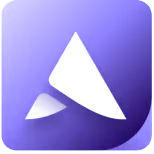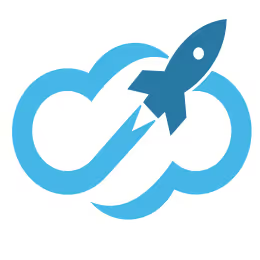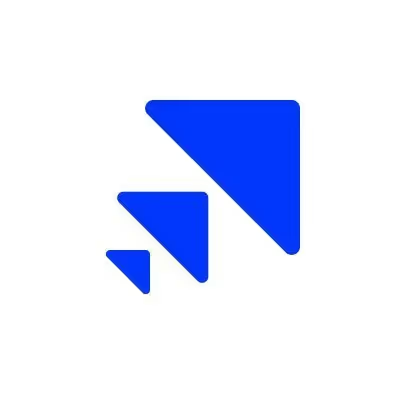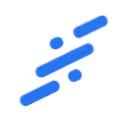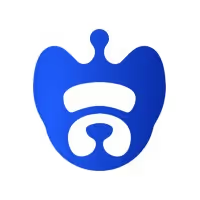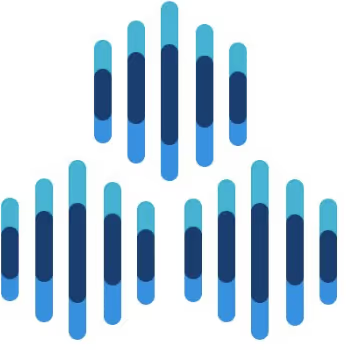Lead Scraping & Data Extraction
Lead generation software pulls contact information and company details from websites, social media, and online directories to build prospect lists for sales and marketing teams. A sales rep can search for companies in their target industry and get back a spreadsheet with names, titles, email addresses, and phone numbers. These tools started as basic web scraping for leads but now connect to multiple data sources and clean up the information they find.
The technology works by sending automated requests to sites like LinkedIn, company websites, and business directories. Most platforms use a LinkedIn profile extractor along with other data sources to gather information, then run it through verification systems to check if email addresses actually work. They also use what's called waterfall enrichment, where the software keeps trying different data providers until it finds a verified email address or phone number. The end result is a database of contacts with their job titles, company information, and contact details ready to use.
These platforms do more than a simple email address scraper that just grabs what's visible on a webpage. They combine data from multiple sources, verify the accuracy, and organize everything into usable formats. Some integrate directly with CRM systems or email marketing tools, while others focus on being the data source that feeds other sales and marketing software.
Sales teams use these tools to find decision makers at companies that match their ideal customer profile or track when prospects change jobs. Marketing departments build targeted lists for email campaigns or account based marketing. Sales prospecting tools like these let teams go from identifying a target market to having contact information for hundreds of prospects in a few hours instead of weeks. As more business data becomes available online, these tools will likely become standard equipment for most sales and marketing operations.


